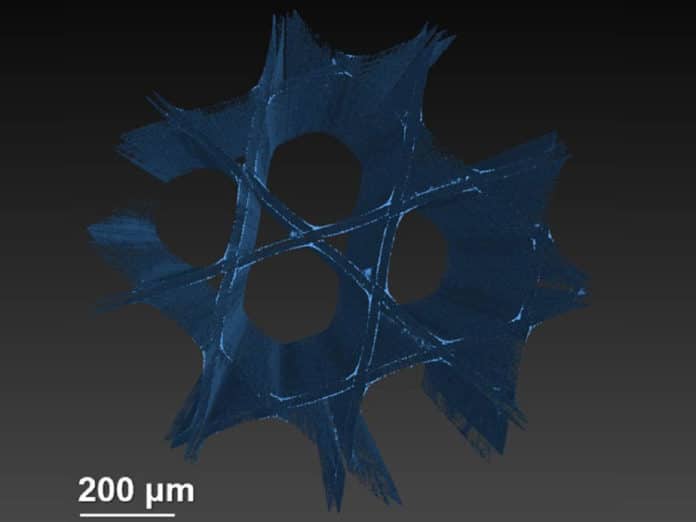By transforming optical fibers into photocatalytic microreactors, scientists at the University of Southampton were able to convert water into hydrogen fuel using solar energy.
The technology combined microstructured optical fiber canes (MOFCs) with photocatalysis, which—with light—generates hydrogen. The MOFCs were developed as high-pressure microfluidic reactors by each housing multiple capillaries that pass a chemical reaction along the length of the cane.
For this breakthrough innovation, scientists coated the fibers with titanium oxide, decorated with palladium nanoparticles. This allowed the coated canes to act as both host and catalyst for the continuous indirect water splitting, with methanol as a sacrificial reagent.
Dr. Matthew Potter, Chemistry Research Fellow and lead author, said: “Being able to combine light-activated chemical processes with the excellent light propagation properties of optical fibers has huge potential. In this work, our unique photoreactor shows significant improvements in activity compared to existing systems. This as an ideal example of chemical engineering for 21st-century green technology.”
Dr. Pier Sazio, a study co-author from the Zepler Institute, says: “Optical fibers form the physical layer of the remarkable four billion kilometer-long global telecommunications network, currently bifurcating and expanding at a rate of over Mach 20, i.e., over 14,000 ft/sec. For this project, we repurposed this extraordinary manufacturing capability using facilities here at the ORC, to fabricate highly scalable microreactors made from pure silica glass with ideal optical transparency properties for solar photocatalysis.”
Journal Reference:
- Combining Photocatalysis and Optical Fiber Technology toward Improved Microreactor Design for Hydrogen Generation with Metallic Nanoparticles. DOI: 10.1021/acsphotonics.9b01577
